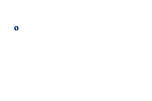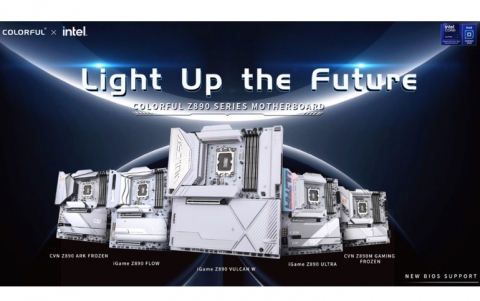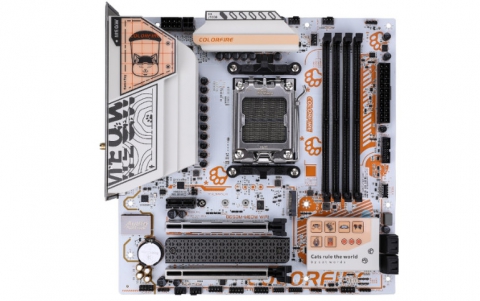CD Protection Overview
12. SafeDisc 2
Review Pages
2. CD Protections
3. Cactus Data Shield
4. CD-Cops
5. DiscGuard
6. LaserLock
7. LockBlocks
8. MusicGuard
9. ProtectCD
10. SafeCast
11. SafeDisc
12. SafeDisc 2
13. SecuROM
14. The Copy-Protected CD & The Bongle
15. CD Protections using other means to "protect" the CD
16. Console CD protection
17. Other Recources
SafeDisc 2
(C-Dilla)
History
 C-Dilla
Limited is a UK based Technology Company specializing in applications based
around content protection and secure transactions for digital media. This includes
copy protection for CD-ROM and DVD technologies; secure transmission of data
and applications from Web sites; and financial transaction clearing across the
Internet.
C-Dilla
Limited is a UK based Technology Company specializing in applications based
around content protection and secure transactions for digital media. This includes
copy protection for CD-ROM and DVD technologies; secure transmission of data
and applications from Web sites; and financial transaction clearing across the
Internet.
Product: SafeDisc 2
Macrovision at 18 of August 2000 posted the press release for SafeDisc v2.0.
What's New?
o API support - the SAFEDISC toolkit includes an API
that will allow publishers to extend the SAFEDISC security to encrypt various
functions contained in their content.
o New architecture - major re-architecture of the SAFEDISC code to disable
automated hacking tools and to include additional encryption to delay hacking.
o Disc burning prevention - introduction of additional digital signatures to
improve resistance against copying.
o Fail-safe manufacturing - assures that SAFEDISC masters will only be mastered
on SAFEDISC-enabled production lines.
How it works
The first game, which includes the new SafeDisc v2.0 protection, is Red Alert 2. People have reported that you can easily copy the CD BUT it will run at CD-ROMs, only at the CD-RW drive, which the backup created!! If you try to install it at CD-ROMs you will get an error during the setup process (error in .tmp file). People also have reported that in some cases even original CDs refused to install at many CDROM drives.
SafeDisc v2.0 technical background (from CloneCD Author)
As you know, there is a new copy protection, which can not always be copied with CloneCD. For example, you can find it on the CD "Command & Conquer - Red Alert2" and on some others as well. Let's call this protection SD2. SD2 is a very interesting beast, as some of you already know. Sometimes a copy works only in the CD-Writer, sometimes not at all. Sometimes - depending on the writer used -in any CD-ROM. Some people claim, that they had success with other burning software. Let me explain, what the reason for all this might be. (I say "might be", as the information here is just revealed through observation, but I believe I am at least pretty close).
The first funny thing is, that if a SD2 copy doesn't play in a CD-ROM, this copy has additional bad sectors, which weren't on the original. As CloneCD reads and writes "as is!", I would have assumed, this is simply impossible. So, if you are a curious guy, you can look at these sectors on the original CD (where they are readable). You will find a lot of garbage on the first view. But if you run these sectors through a sector scrambler (a device, which is in every CD-ROM and CD-WRITER) you see the reason for all the trouble: Regular patterns like 'XYXYXYXYXY...' and so forth. And this is exactly how the protection works. To understand this, you need to know, what the scrambler is used for (from ECMA-130, ISO/IEC 10149):
"A regular bit pattern fed into the EFM encoder can cause large values of the digital sum value in case the merging bits cannot reduce this value. The scrambler reduces this risk by converting the bits in byte 12 to 2351 of a Sector in a prediscribed way. ..."
The sectors I have mentioned above try in fact to overload the EFM encoder of the CD-Writer, because *AFTER* passing the scrambler the poor device has to write *REGULAR BIT PATTERNS* - something it really doesn't like. After some quick tests, it seems, that some writers are affected by this problem more than others.
For example, writers based on Philips hardware (Philips, Fujitsu/Siemens, Acer, just to name a few) are NOT affected by this at all. With such a writer, you can copy SD2 with any CloneCD version, and the copy will run on every CD-ROM. Most other writers will not write these sectors correctly. Some writers (Plextor) can at least read the copy they've made, so the copy will run in the writer, but not in an ordinary CD-ROM. The reason for this might be, that the writer is able to position better, but this is just guessing.
I must admit, this is a very, very cool protection: Something is on the original which can be read, and not be written. I really didn't believe such a protection is possible. Now for the interesting question: Will CloneCD ever be able to overcome this problem?
Well, you can answer this yourself: I guess not. Okay, you can probably do nasty tricks like modifying the pattern. But this isn't what CloneCD is about. It is called CloneCD, not PatchCD. In opposite to the belief of some people, CloneCD does not cheat or modify data in any way. I like to keep it this way. Will any other software overcome this problem? Again, you can answer this yourself: No, unless they are cheating somehow. Can a firmware update fix this? Maybe. But I have the strange feeling that the problem resides in the writer's chipset, not its firmware. Maybe a firmware workaround would be possible. But who would be so nice to modify the firmware in this regard? Conclusion: Either use your Plextor writer to play the copy, or buy a unit based on Philips hardware.
Price: Not available (at website)
Does it work in real life?
NAs it seems C-Dilla managed to make a pretty tough protection since the backup will not work ,made with the majority of recorders, in every CD-ROM. However as CloneCD author suggested there are several recorders which can make perfect backups of SD2 protected titles with all versions of CloneCD.
Review Pages
2. CD Protections
3. Cactus Data Shield
4. CD-Cops
5. DiscGuard
6. LaserLock
7. LockBlocks
8. MusicGuard
9. ProtectCD
10. SafeCast
11. SafeDisc
12. SafeDisc 2
13. SecuROM
14. The Copy-Protected CD & The Bongle
15. CD Protections using other means to "protect" the CD
16. Console CD protection
17. Other Recources













